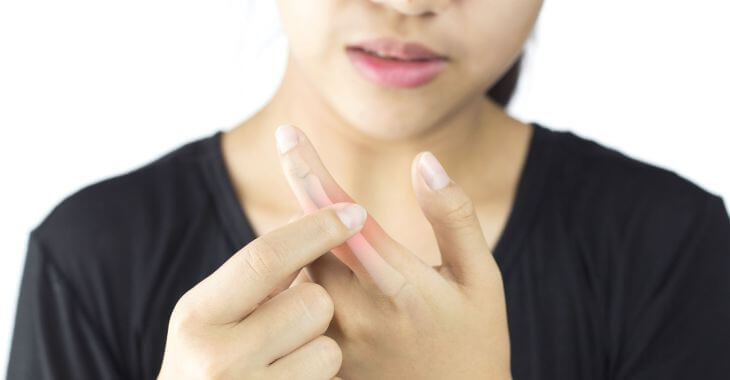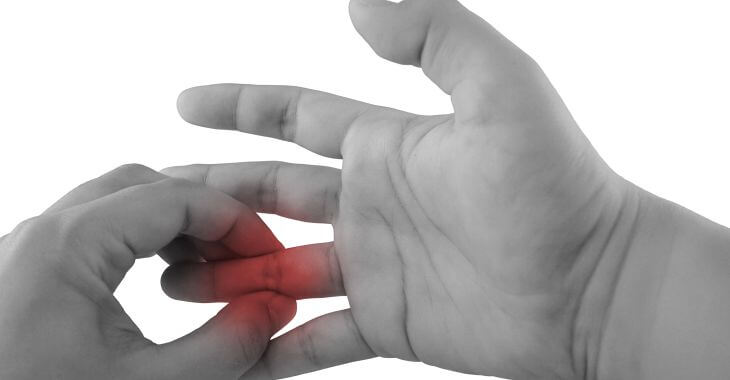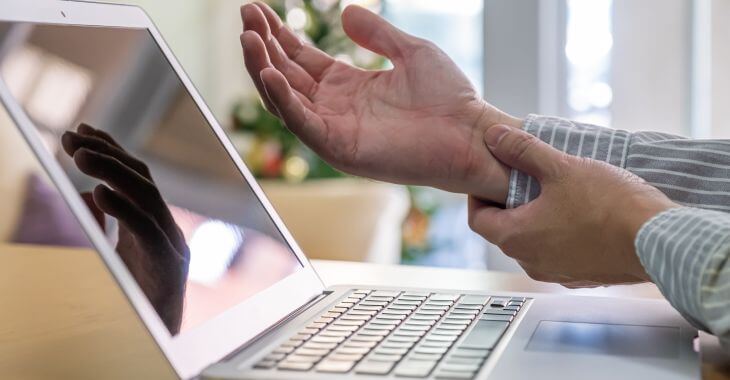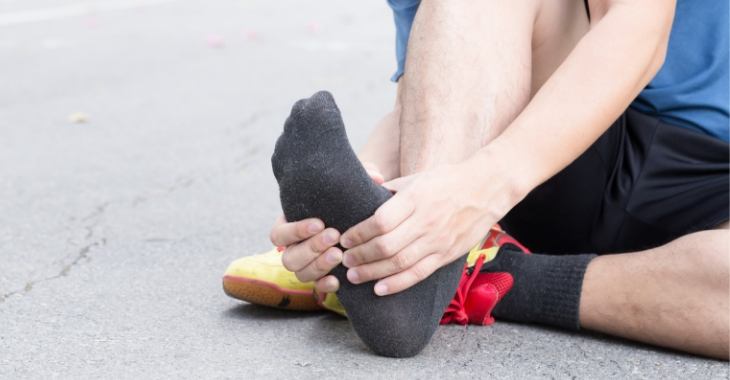How to Tell If Finger Is Broken or Sprained

Determining whether your finger is broken or sprained can be challenging. Both injuries can cause pain, swelling, and limited movement. Understanding how to tell if a finger is broken or sprained is crucial for receiving the right treatment and ensuring proper healing.
Symptoms of a Sprained Finger
A sprained finger occurs when the ligaments, the tough bands of tissue connecting bones, are stretched or torn. Common symptoms of a sprained finger include:
- Swelling: The area around the joint becomes puffy and tender.
- Bruising: Discoloration or bruising often appears around the affected area.
- Pain: Pain is usually felt when moving the finger or applying pressure.
- Tenderness: The finger may be sensitive to touch.
- Stiffness: You may experience reduced flexibility or difficulty bending the finger.
Symptoms of a Broken Finger
A broken finger involves a fracture in one of the bones of the finger. Symptoms of a broken finger are more severe and include:
- Severe Pain: Pain is often sharp and intense, persisting or worsening over time.
- Immediate Swelling: Swelling occurs rapidly after the injury.
- Bruising: Bruising and discoloration are common.
- Deformity: The finger may appear crooked, bent at an odd angle, or out of alignment.
- Inability to Move: Moving the finger may be extremely painful or impossible.
- Numbness: You might feel numbness or tingling if nerves are affected.
Comparing Sprained Finger vs Broken Finger
While both injuries can be painful, the severity and type of symptoms can help differentiate them:
- Sprained Finger: More likely to have general swelling and bruising without significant deformity. Pain is usually less intense than a fracture.
- Broken Finger: Often includes deformity, sharp and localized pain, and significant swelling. Difficulty or inability to move the finger is a key sign.
What Does a Broken Finger Feel Like?
Understanding what a broken finger feels like can help you identify the injury. A broken finger typically feels:
- Extremely Painful: Sharp, intense discomfort that worsens with movement or pressure.
- Sensitive to Touch: Even light pressure can cause significant pain.
- Unstable: The finger may feel unstable or wobbly due to misaligned bones.
- Deformity: Noticeable deformity or unnatural bending is often present.
How to Examine Your Finger
To assess your injury, perform a careful examination:
- Check for Deformity: Compare the injured finger to the same finger on the opposite hand to spot any differences.
- Press Gently: Apply gentle pressure along the finger, noting any sharp, localized pain.
- Move Your Finger: Try to move the finger slowly. If movement is impossible or very painful, it may be broken.
Seeking Medical Attention
It’s crucial to seek medical advice if you suspect a broken finger. A healthcare professional can:
- Perform an X-ray: To confirm the diagnosis and determine the severity of the fracture.
- Provide Treatment: Appropriate treatment, such as splinting, casting, or surgery, can be administered.
- Offer Pain Management: Medications or other methods to manage pain effectively.
Home Care for Sprains
If you determine your finger is sprained, initial home care can help alleviate symptoms and promote healing:
- Rest: Avoid using the injured finger to prevent further strain.
- Ice: Apply ice packs for 15-20 minutes every few hours to reduce swelling.
- Compression: Use an elastic bandage to provide support and minimize swelling.
- Elevation: Keep your finger elevated above heart level to reduce swelling.
Professional Treatment Options
For severe sprains or fractures, medical intervention may include:
- Splinting: To immobilize the finger and allow proper healing.
- Physical Therapy: Exercises and therapies to restore strength and flexibility.
- Surgery: In cases where bones need realignment or when the fracture is complex.
Recovery Time
Recovery time varies depending on the severity of the injury:
- Sprained Finger: Typically heals in 2-6 weeks with proper care. Mild sprains may recover faster, while severe sprains may take longer.
- Broken Finger: It may take 4-8 weeks or longer to heal, depending on the fracture type and location. Severe fractures may require extended recovery periods and physical therapy.
Preventing Future Injuries
To prevent future finger injuries, consider these tips:
- Warm Up: Always warm up before engaging in physical activities to prepare your muscles and joints.
- Wear Protective Gear: Use protective gear such as gloves or finger guards during sports and activities that put stress on your hands.
- Practice Good Technique: Proper techniques in sports, typing, and other repetitive activities can reduce the risk of injury.
- Strengthening Exercises: Perform finger and hand strengthening exercises to improve flexibility and resilience.
Identifying whether your finger is broken or sprained involves careful examination and understanding the symptoms. While home care can be effective for sprains, a suspected fracture requires professional medical attention.

Recognizing the differences of a sprained finger vs. broken can ensure you receive the appropriate care and recover fully. Always prioritize your health by seeking medical advice when in doubt.
The information provided on this website, including text, graphics, images, and other materials, is intended solely for informational purposes and should not be used as a substitute for professional medical advice, diagnosis, or treatment.




)